How do mRNA vaccines work?
mRNA vaccines are a new type of vaccine that work by using a small piece of genetic material called messenger RNA (mRNA). The mRNA is a sequence of genetic instructions that tells cells in the body how to produce a piece of the virus, known as a viral antigen. Once the viral antigen is produced, the immune system recognizes it as foreign and mounts an immune response to destroy it. This process trains the immune system to recognize and fight the virus if it is encountered in the future.
To develop an mRNA vaccine, scientists first identify the genetic sequence of the viral antigen they want to produce. They then create a synthetic mRNA that contains the same genetic sequence. This synthetic mRNA is encapsulated in a lipid nanoparticle and injected into the body. Once inside the cells, the mRNA instructs the cells to produce the viral antigen, which is then displayed on the surface of the cells. This triggers an immune response, which produces antibodies and T cells that are specific to the viral antigen. These immune cells remain in the body and can quickly recognize and destroy the virus if it is encountered in the future.
How do mRNA vaccines work?
The history of mRNA vaccines
The concept of using mRNA as a vaccine was first proposed in the 1990s, but it took several decades of research and development before mRNA vaccines became a reality. The breakthrough came in 2005, when researchers at the University of Pennsylvania and the National Institutes of Health (NIH) demonstrated that mRNA could be used to produce proteins in cells. This discovery paved the way for the development of mRNA vaccines.
The first mRNA vaccine to be approved for use was the Pfizer-BioNTech COVID-19 vaccine, which was granted emergency use authorization by the FDA in December 2020. This was followed by the Moderna COVID-19 vaccine, which was also granted emergency use authorization by the FDA a week later.
Advantages of mRNA vaccines
One of the main advantages of mRNA vaccines is their speed and flexibility in development. Traditional vaccines can take years to develop, but mRNA vaccines can be designed and produced in a matter of weeks or months. This is because the process of producing mRNA is relatively simple and can be automated, allowing for large-scale production.
Another advantage of mRNA vaccines is that they do not contain any live virus, so there is no risk of infection from the vaccine itself. This makes mRNA vaccines safer for people with weakened immune systems or other health conditions that make them more vulnerable to infections.
mRNA vaccines vs traditional vaccines
Traditional vaccines work by using a weakened or inactivated form of the virus to trigger an immune response. This approach has been used for many decades and has been highly effective in preventing infectious diseases. However, traditional vaccines can take years to develop and require large-scale production facilities to produce the virus.
mRNA vaccines, on the other hand, do not require the production of the virus itself. Instead, they use a small piece of genetic material that instructs cells to produce the viral antigen. This makes the process of developing and producing mRNA vaccines faster and more flexible than traditional vaccines.
Safety of mRNA vaccines
mRNA vaccines have been extensively tested in clinical trials and have been shown to be safe and effective. However, like all vaccines, they can cause side effects. The most common side effects of mRNA vaccines are mild and include pain or swelling at the injection site, fever, and fatigue. These side effects usually go away within a few days and are a sign that the immune system is responding to the vaccine.
There have been some reports of more serious side effects, such as allergic reactions, but these are rare. The risk of developing a serious allergic reaction to an mRNA vaccine is estimated to be about 1 in a million.
Efficacy of mRNA vaccines
Clinical trials of mRNA vaccines have shown them to be highly effective in preventing COVID-19. Both the Pfizer-BioNTech and Moderna vaccines have been shown to be over 90% effective in preventing COVID-19. This is a remarkable achievement, given that traditional vaccines typically have an efficacy rate of around 60-70%.
It is important to note that the efficacy of mRNA vaccines may vary depending on the specific strain of the virus and the population being vaccinated. However, even if the efficacy is lower than 90%, mRNA vaccines are still likely to provide significant protection against the virus.
Clinical trials of mRNA vaccines
The clinical trials of mRNA vaccines have been conducted in several phases, with each phase designed to test different aspects of the vaccine's safety and efficacy. The first phase involves a small number of volunteers and is designed to test the vaccine's safety and dosage. If the vaccine is found to be safe, it moves on to the second phase, which involves a larger number of volunteers and tests the vaccine's efficacy.
The third phase of clinical trials is the largest and most important. It involves tens of thousands of volunteers and is designed to test the vaccine's safety and efficacy in a real-world setting. The Pfizer-BioNTech and Moderna COVID-19 vaccines both underwent rigorous clinical trials before being granted emergency use authorization by the FDA.
Future of mRNA vaccines
mRNA vaccines have the potential to revolutionize the way we develop and produce vaccines. They are faster and more flexible than traditional vaccines and can be tailored to specific strains of the virus. This makes them ideal for responding to emerging infectious diseases and global pandemics.
There is also ongoing research into the use of mRNA vaccines for other diseases, such as cancer and influenza. If successful, this could lead to the development of more effective treatments for these diseases.
However, mRNA vaccines also face some challenges. One of the biggest challenges is the need for cold storage and transportation, as the mRNA is fragile and can degrade quickly at room temperature. This makes it difficult to distribute the vaccine to remote or low-income areas.
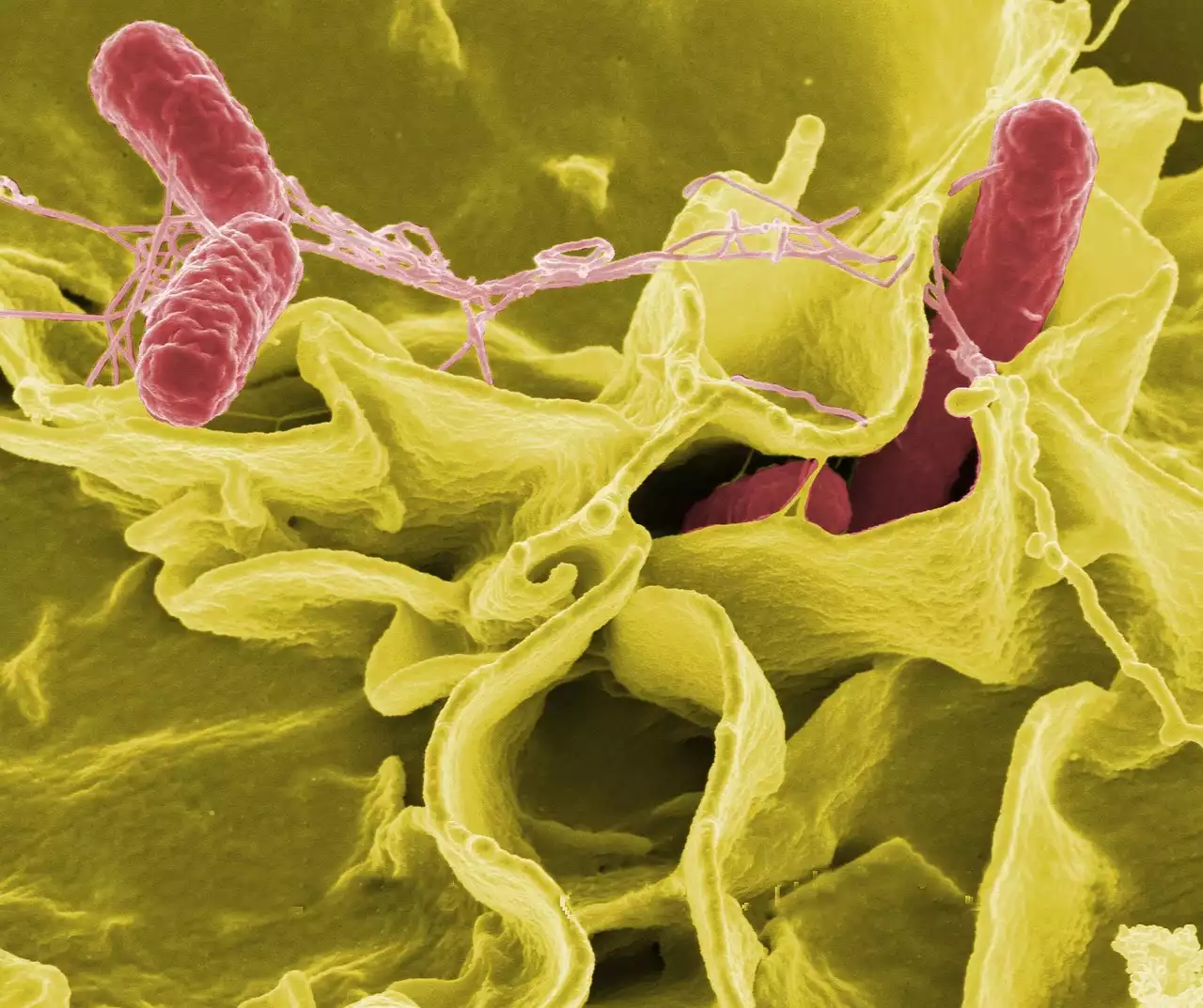
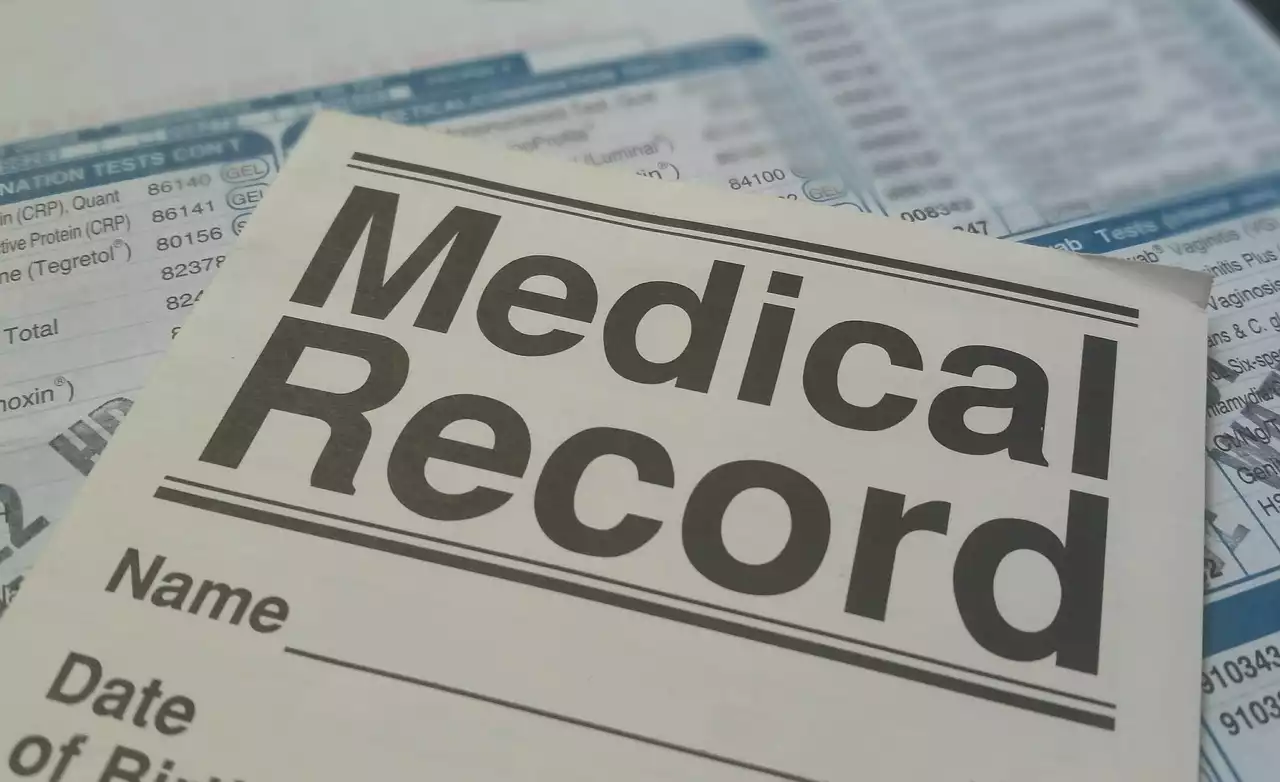
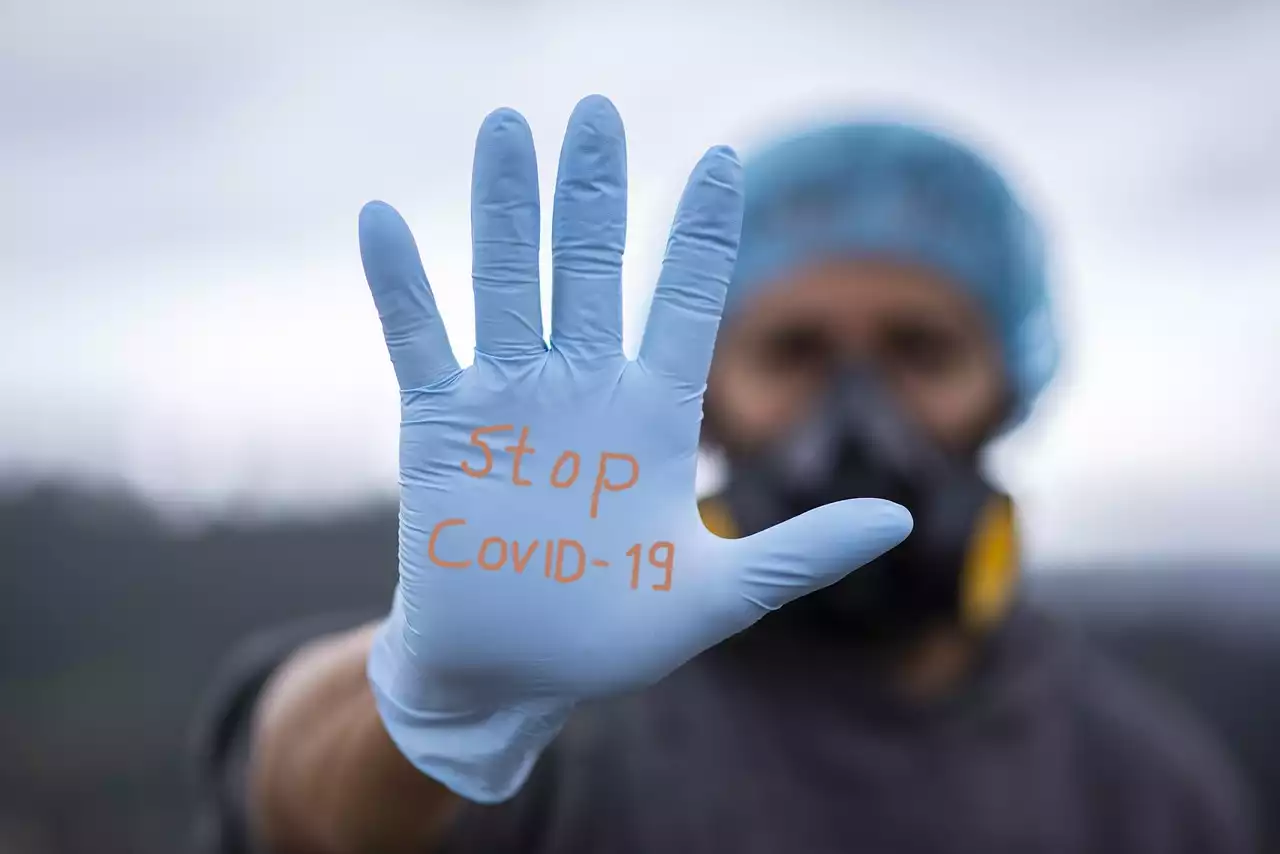
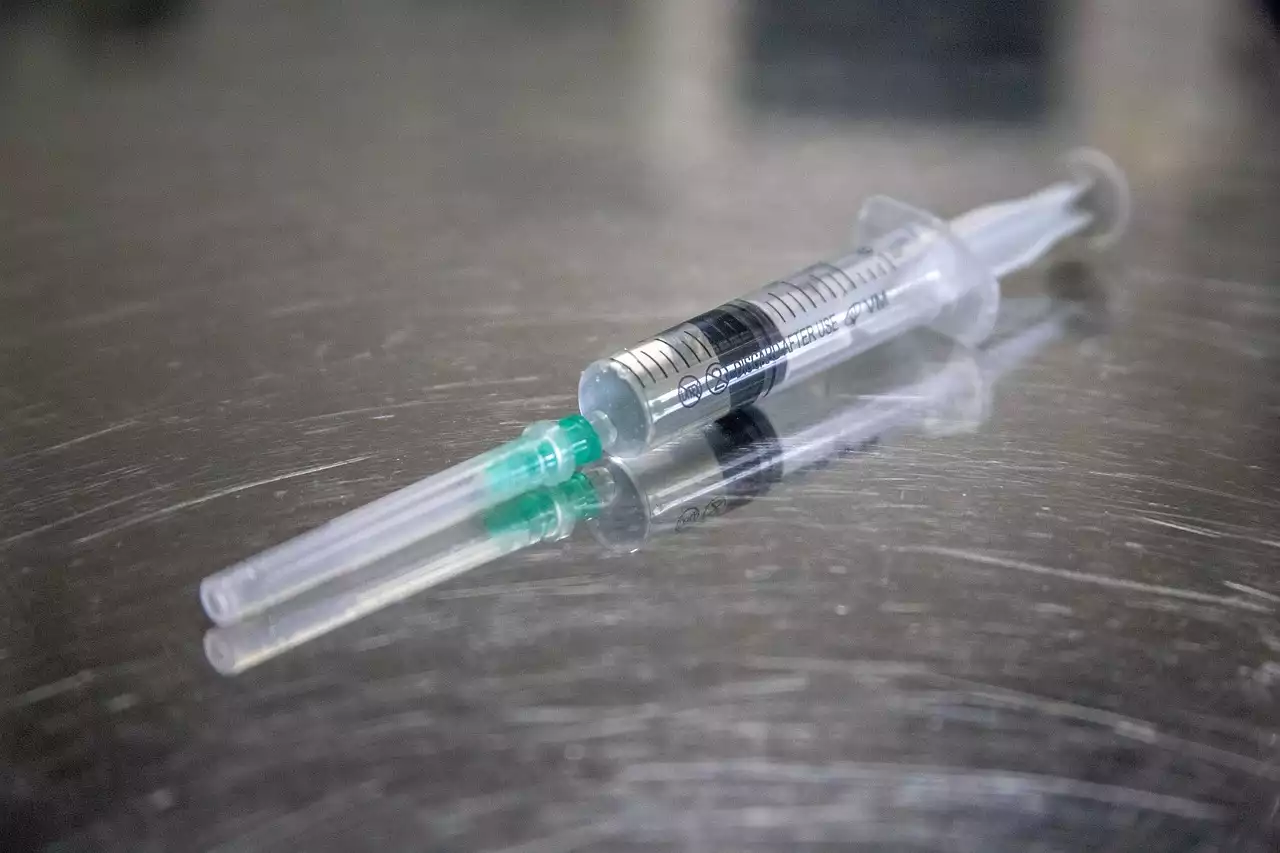
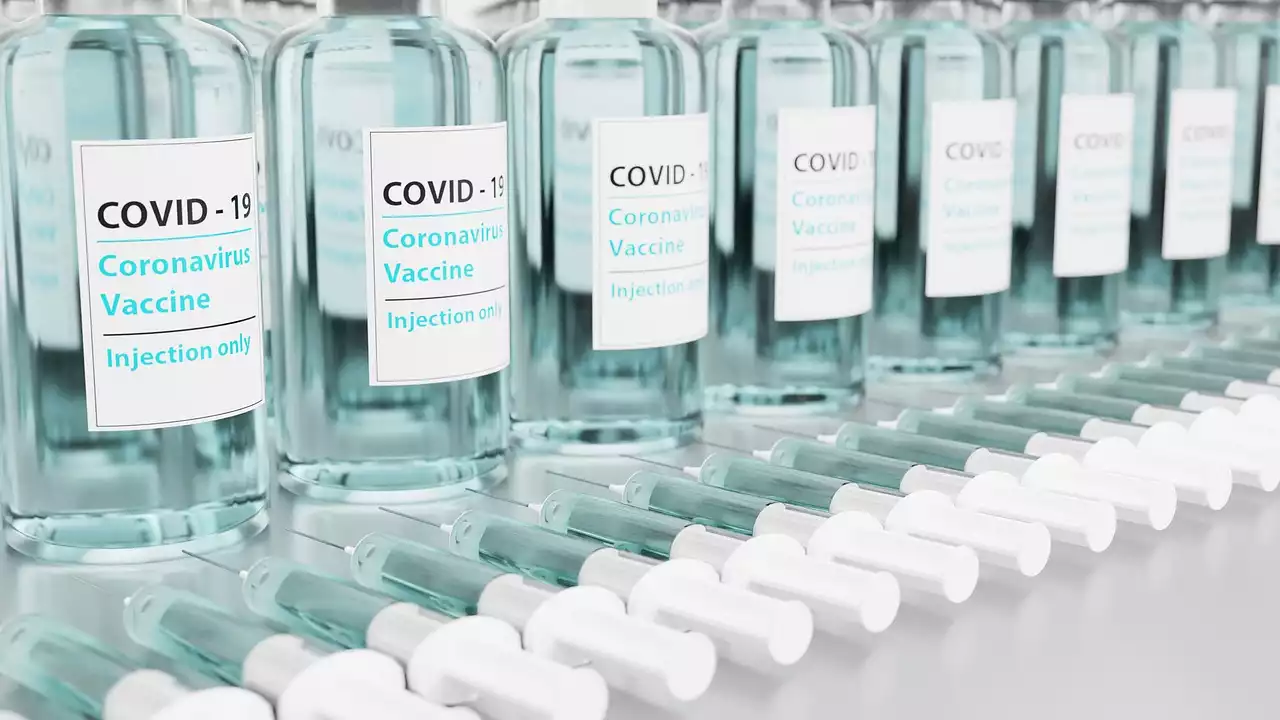





.png?size=50)